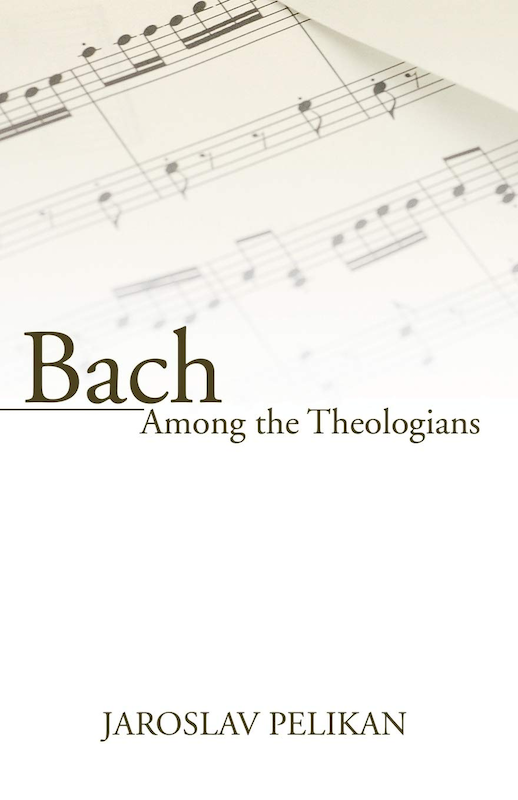
“Anselm’s definition of redemption as satisfaction through the death of Christ was, if anything, more firmly entrenched in Protestant theology than in Roman Catholic theology. By Bach’s time it was the touchstone of authentic orthodoxy. ‘The most precious doctrine of the satisfaction and merit of our Lord and Savior Jesus Christ,’ Erdmann Neumeister declared in the preface to a book entitled Solid Proof that Christ Jesus Has Rendered Satisfaction for Us and Our Sins, was so fundamental that ‘without knowledge of it and faith in it we cannot be saved.’ Indeed, ‘without it all church and all religion would have to collapse.’ Therefore he urged later in the book:
Accordingly, what we read concerning the suffering and death of Christ in the history of the Passion, and what during the present Lenten season we hear about this in sermons-that we must all take as having happened for us and as having been done as an act of satis-faction.
“It was well and good, he said elsewhere, ‘to magnify the mercy of God,’ but ‘one must not in the process make his justice less; for one is as great as the other.’ And the ‘for us’ in biblical language about the death of Christ as satisfaction must mean not only ‘on our behalf [hyper]’ but ‘in our stead [anti].’ It was only the satisfaction rendered by Christ that made the heavenly Father’s forgiveness of sins ‘possible.’ That was not only Neumeister’s doctrine of the atonement, it was the consensus of Protestant orthodox dogmatics across confessions and denominations at the end of the seventeenth and the beginning of the eighteenth century.
“That Anselmic doctrine of redemption as satisfaction rendered through the blood of Christ is a crimson thread that runs through Bach’s Passion according to Saint Matthew from beginning to end, although we can look only at some of the highlights here. It makes itself prominent in the very opening chorus of the work, ‘Come, ye daughters.’ This is a double (more accurately, triple) chorus, inviting the ‘daughters [of Jerusalem]’ to weep, not for Christ, but for themselves and for their children (Luke 23:28) and thus to share in the sorrow and lamentation of the Passion. There is a dialogue between the choruses, with the question ‘Sehet! Wen? (Look! Who is it?’ and the answer ‘Den Bräutigam [the Bridegroom],’ then the question ‘Seht ihn! Wie? [Look! What is he like?]’ and the familiar rhyming answer ‘Als wie ein Lamm [He is like a Lamb).’ At the second answer there comes (as usually scored now) a third chorus, the children’s choir, which provides, in Helmuth Rilling’s phrase, ‘an element of liturgically objectified confession’ by singing the traditional Agnus Dei of the liturgy in German, ‘O Lamm Gottes (Lamb of God].’ But the German version, on which Bach had composed at least two chorale preludes (BWV 618, 656), specifies what the Latin had not made explicit (though it had of course presupposed it): Christ is ‘Lamm Gottes unschuldig [the innocent Lamb of God].’ And meanwhile the dialogue of the double adult chorus continues with its questions, asking in effect [Anselm’s central question], Cur deus homo:
Sehet! Was? Seht die Geduld.
Seht! Wohin? Auf unsre Schuld.
Sehet ihn. Aus Lieb und Huld
Holz zum Kreuze selber tragen.
[Look at him! What? Look at his long-suffering.
Look! What is its final cause? Our guilt.
Look at him. In love and dedication
He himself is bearing his cross.]
And the children sing: ‘All Sünd hast Du ertragen [All sin Thou borest for us].’ The innocent Lamb of God – guilty humanity: this is the contrast, and this eventually the mutual exchange, of the Passion.”
— from Jaroslav Pelikan, Bach among the Theologians (Fortress Press, 1986)